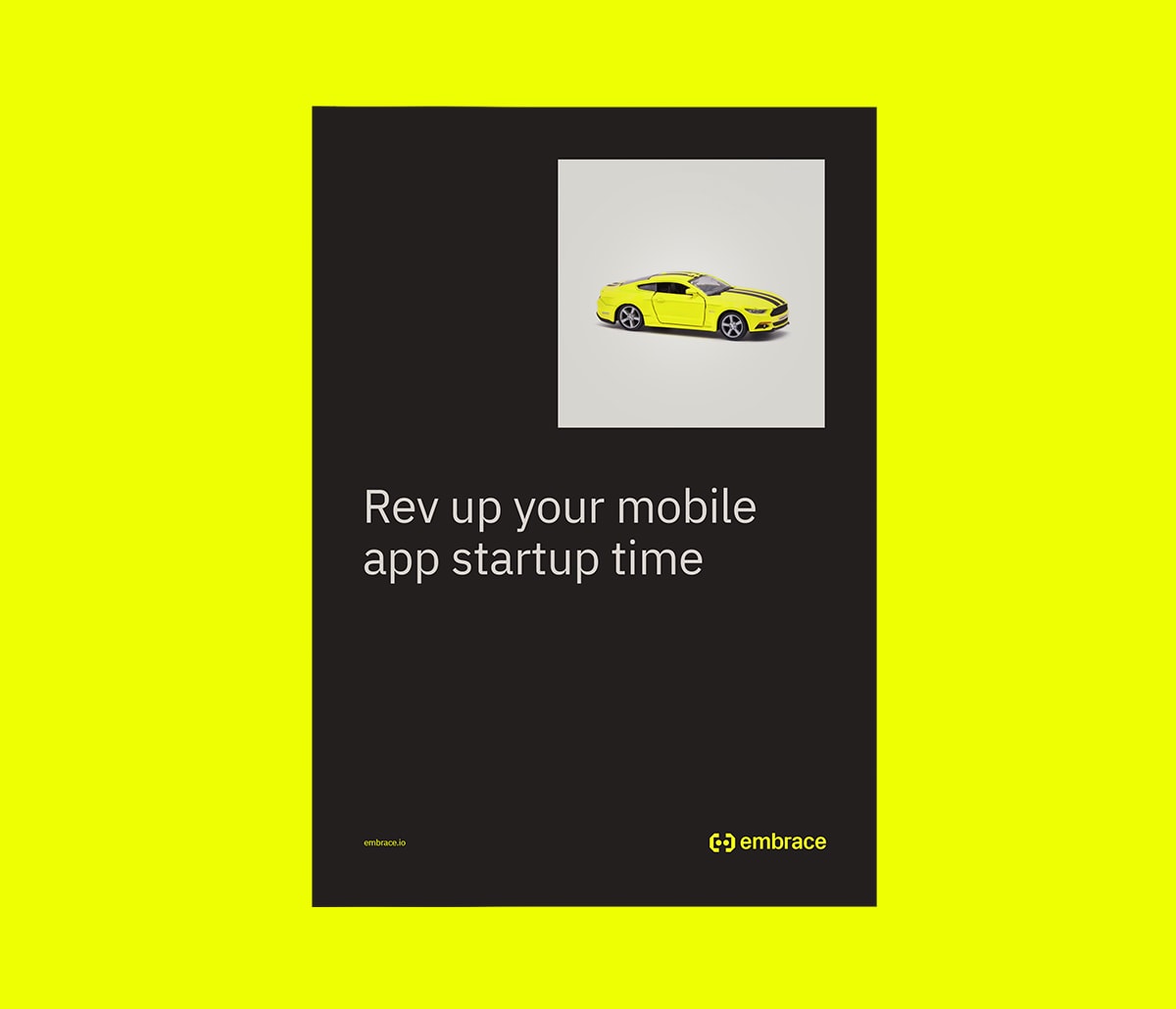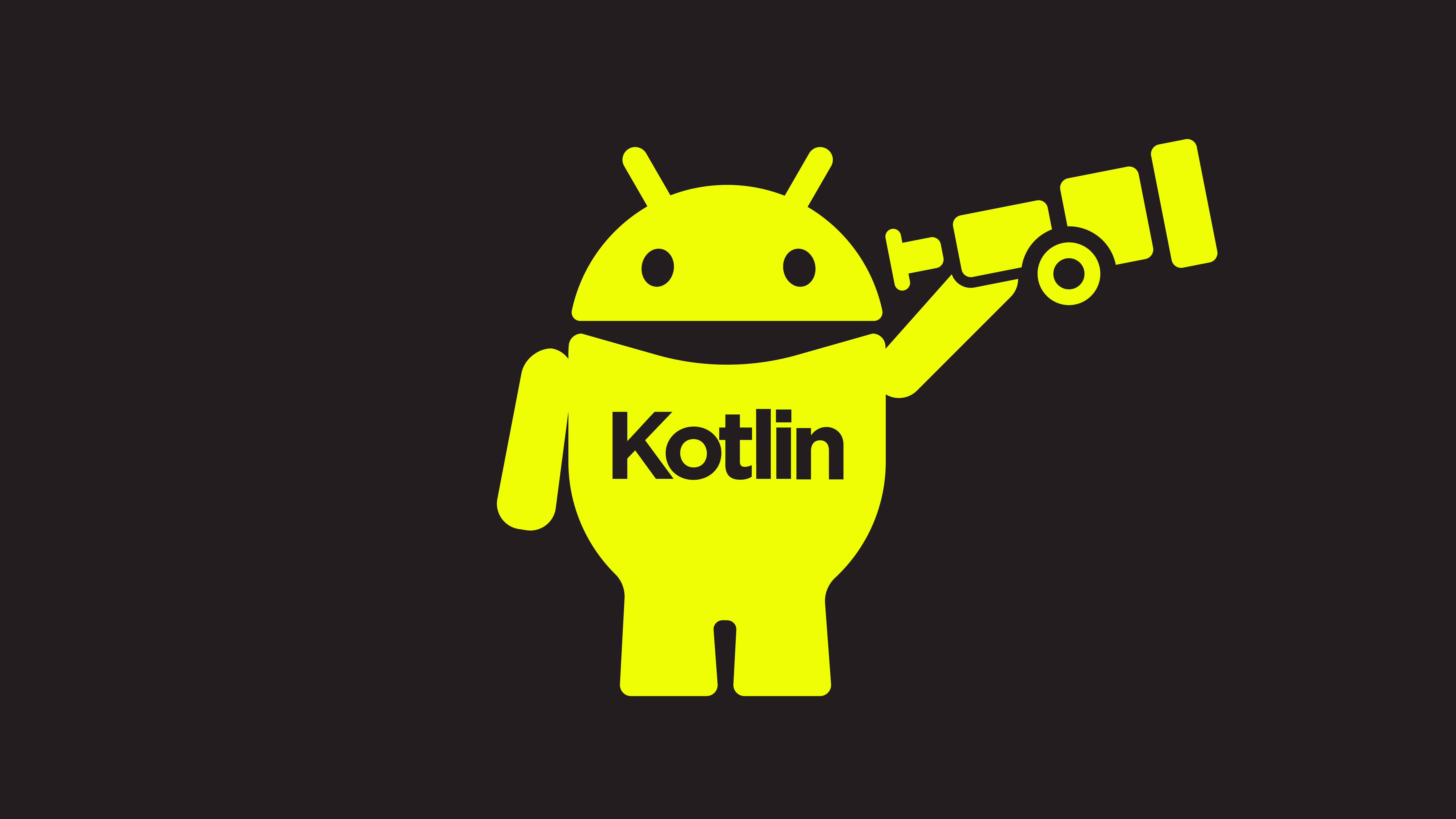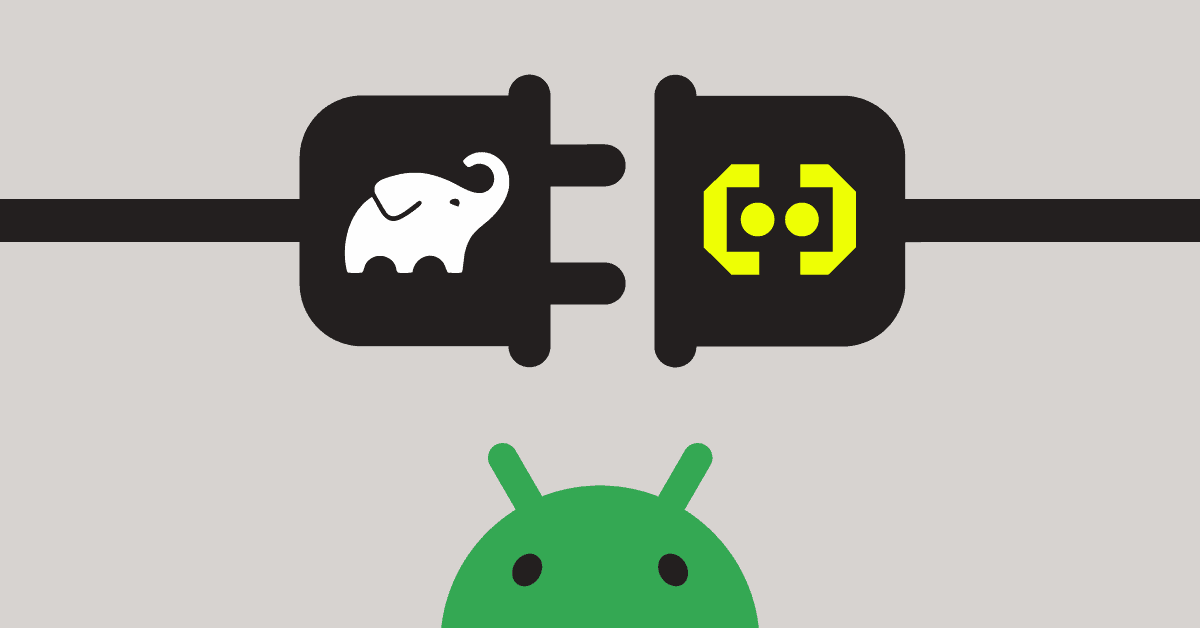Discoverability on the Google Play Store is important. It means that users who are looking for your specific app aren’t finding your competitors instead (which means your marketing essentially aided your competitor, yikes!), and it means that your app shows up first for users looking for an app like yours.
Having a good ranking means your app will see more downloads and installs. A good ranking is critical to the user acquisition funnel as it enables users to more easily find your app.
This means that if your Play Store page is not high up in the discoverability rankings, getting back up there should be top of mind.
Here are the top 5 reasons your app is losing discoverability on the Google Play Store:
- Your copy is not optimized
- Your images fail to stand out
- Your app’s retention and engagement are not high
- Your app has performance issues
- Your app has poor reviews
We’ll cover each of these below and then discuss the steps a mobile team can take to improve their discoverability ranking.
1. Your copy is not optimized
This refers to the copy you have for introducing your app in the Play Store: Title, Description, Keywords, and Promo Text.
Ultimately, each of those categories have their own optimization but here’s a quick breakdown:
- Titles need to be unique, accessible, avoid common terms, and self-explanatory if possible without being too long.
- Descriptions need to sell your app’s value to users and follow SEO best practices.
- Keywords associated with your app need to be carefully selected to maximize exposure.
- Promo Text is your elevator pitch to users, so refine it to be memorable!
Be sure to check your ranking consistently!
2. Your images fail to stand uut
While copywriting is how users search for things they might want to download, it’s images that grab the eye when scrolling through endless options on the results page. Yes, a huge part is in the packaging.
If your copy is how users find you, then your visuals are how users choose you. Good app icons, images, and screenshots will help your app stand out in the search results section when compared to other apps. The Play Store’s discoverability algorithm learns to associate search keywords with the results that users are most often to choose on the results page, which means if your images stand out they help increase your ranking.
Even if your app can’t be the first place in ranking, you must ensure that your page stands out against the crowd!
3. Your app’s retention and engagement are not high
While the above two reasons are essentially packaging, the Google Play Store also measures how many users actually like using your app, known as app stickiness. This means if users aren’t using your app for long or even on a measured cadence, your app’s discoverability ranking will suffer.
So what exactly is being measured by the discoverability algorithm?
Well, the Google Play Store algorithm aims to improve the discovery of quality apps based on app quality and user engagement. We’re talking high retention rates, low uninstall rates, and more (Google’s exact algorithm is proprietary and known only to them).
What mobile teams should care about here is knowing that merely getting users to install your app is not enough — they must be constantly using it. Discoverability rankings reward apps that are used on a day-to-day basis.
4. Your app has performance issues
This is related to the above but specifically refers to the user experience within your app. The Google Play Console tracks Android vitals and metrics to ensure the technical underpinnings of your app’s experience is solid for users.
What does that mean? If engagement is based on fun, then performance is based on technical stability. Together, these two aspects determine retention. The discoverability ranking of apps with good technical fundamentals are much higher than apps that have high crash rates, experience frequent ANRs, and suffer from lengthy startup times. No matter how great your app is, it’s not going to rank well if the experience is marred by interruptions.
If you’d like to learn how you can improve your mobile application’s startup time, read our eBook.

After Google discovered that half of 1-star reviews mentioned app stability, they revised their ranking algorithm to further favor performant, stable apps. The change resulted in much higher engagement with the higher quality apps now being more prominently showcased. If you want to improve your application’s discoverability, it’s absolutely vital to monitor and address performance and stability issues.
5. Your app has poor reviews
Yes, this seems self-evident. Apps with 1 to 2-star reviews and lots of critical feedback will drop in ratings. OK, so what can you do about that?
The only way to address this is to be proactive about delivering a great user experience. The best way to combat bad reviews is to not get any in the first place while obtaining a tremendous buffer of good reviews.
Yes, bad reviews will exist with regards to issues that are completely out of your control. But do your best to engage your users and respond that you are aware of them and are already working on them. You will show that you care about delivering the best experience possible and will convert those users into even bigger supporters when you follow up with a solution.
As for being proactive, that means making a habit of monitoring the performance and stability of your app. If a regression happens, you want to know immediately before it affects a large portion of your userbase. Release new versions in a phased rollout, and if you notice big issues, then you can hold off on releasing wide until you investigate and find solutions.
Improving your discoverability ranking
There are two methods you can take when it comes to addressing the five shortcomings mentioned above: Presentation and Performance.
Presentation is everything outside of the app itself — this includes but is not limited to advertising, copy, images, and more. While some may argue that “if you build a good app, users will come,” that is limiting your app to the users it directly targets. Consider all the users that would be interested in your app but aren’t actively searching for it. That’s where presentation kicks in to help users discover it.
Optimizing your copy and curating your images so that your app stands out is a tremendous part of ensuring that your target audience finds your app, but also attracts the attention of those who could be persuaded to install your app.
If Presentation increases your reach, then Performance increases your app stickiness.
Performance is everything related to the app itself and is an ongoing task. Whether it is the app’s UX and UI design or stability, your team must constantly build new features that delight the user and give them compelling reasons to use the app. Does your app perform to user expectations? If not, your lack of retention, poor Android vitals, and less-than-happy reviews in the Play Store will all impact your discoverability ranking.
As more and more apps enter the space, user expectations only increase. You cannot afford to take shortcuts when it comes to your mobile app’s future.
How Embrace helps mobile teams
Embrace is a data driven toolset to help mobile engineers build better experiences. We are a comprehensive solution that fully reproduces every user experience from every single session. Your team gets the data it needs to proactively identify, prioritize, and solve any issue that’s costing you users or revenue. This in turn means that you discover issues before your discoverability ranking is affected.
Want to see how Embrace can help your team grow your non-game app with best-in-class tooling and world-class support? Request a demo and see how we help teams set and exceed the KPIs that matter for their business!



